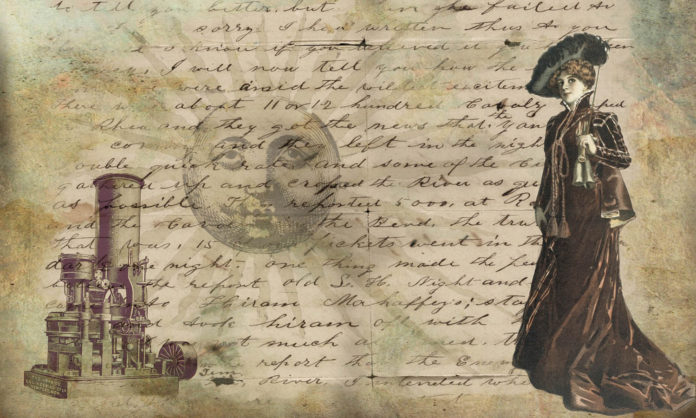
In a new post on the A Writer of History blog, MK Tod says that private diaries and personal accounts can provide a rich trove of details you can use in your historical fiction.
When writing her novel Paris In Ruins, which begins in 1870, Tod found excerpts from letters and a diary kept by Elihu Washburne, America’s ambassador to France, during the Siege of Paris and the Paris Commune. She also referenced Diary of the Besieged Resident in Paris by Henry Labouchère, My Adventures in the Commune by Ernest Alfred Vizetelly, and The Insurrection in Paris: Related by an Englishman Davy.
“Each of these accounts provided observations of the people and politics, the military activities that took place, the impact of war and the uprising that followed, as well as the look and feel of Paris,” Tod says. “Collectively they helped me build a world for readers filled with real details: the price of meat; the daily weather; the mood of Parisians; the absence of dogs and cats in the streets; the rumours that swirled around inciting unrest and anger.”
As the accounts were written by outsiders, Tod had to fact-check their statements and often disregarded biased comments. However, the writers’ experience living in that time and place proved invaluable, as the purpose of their accounts was to convey what happened on the ground. She also found a few diaries by French women of the era, including one by a leader in the Commune.
Tod urges writers to fact-check the statements in personal diaries, but still values them as informational treasure. “Leveraging them judiciously into plot, dialogue, setting, narrative and other elements of the story will truly transport readers in time and place,” she says.











